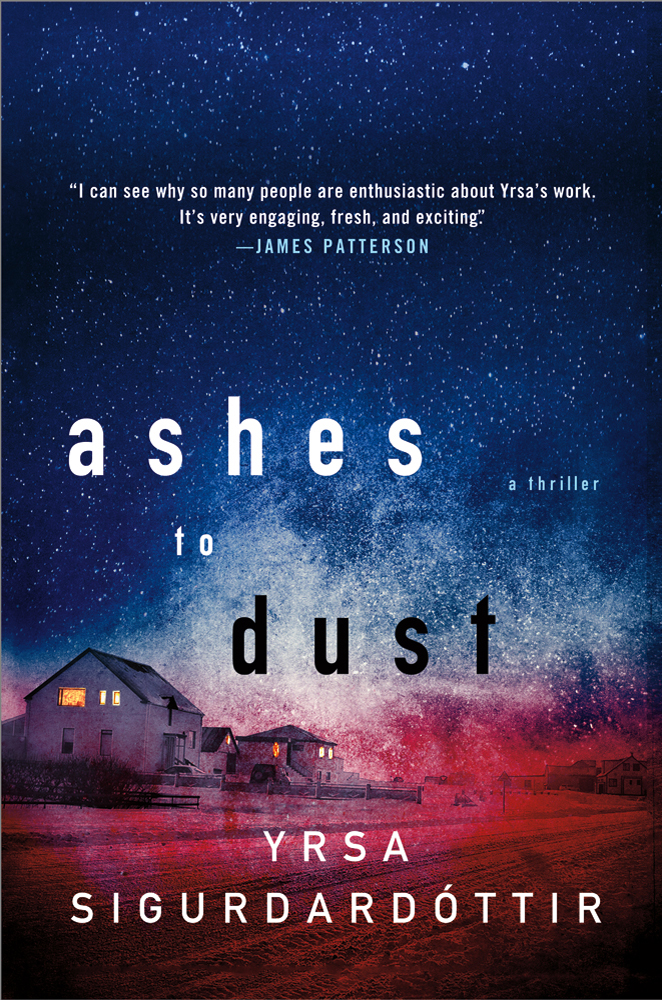(Aska, 2007)
In 1973, the volcanic eruption of Eldfell threatened to permanently dispossess the people of Heimaey, the biggest of the Westman Islands off the south coast of Iceland and home to some 5000 inhabitants. Over 400 hundred homes were destroyed by lava flow or buried in mounds of ash during the eruption. The nation’s swift response and the relief work surrounding the evacuation of the island is a proud moment in Icelandic history.
These events provide a backdrop for Yrsa Sigurðardóttir’s Ashes to Dust, which is set in the modern day Westman Islands. Lawyer Þóra Guðmundsdóttir, Yrsa’s heroine from previous novels, has been put in charge of overseeing the removal of a mysterious object from the cellar of one of the town’s buried houses – something that the owner, a teenager at the time of the eruption, doesn’t want anyone else to see. However, when the content of the cellar is revealed to be human remains, apparently belonging to several people, her client is understandably the prime suspect – despite his proclaimed innocence. To clear her client’s name, Þóra must start her own investigation into this cold and ashy case. She soon discovers that, despite the decades that have passed since the house and its secrets were buried in the eruption, the islanders are still strangely tight-lipped about the dark history that surrounds the place.
In Ashes to Dust, Yrsa uses the evacuation of Heimaey, a collective moment for the nation as a whole, to ground her story in Icelandic history. The island society itself also makes for a unique setting, and one rarely seen in Icelandic crime fiction.
